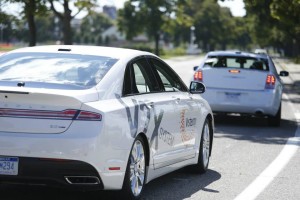Many of you may not be aware that Resolve Group deploys high definition construction cameras (HDCC) on jobs where this will assist with the management and documentation of job sites. The HDCC system is a valuable strategic tool for clients, project managers and project teams. It is an integrated, high definition digital webcam system designed specifically for the requirements of the construction industry and comes as a turnkey solution including hardware, software, image hosting, website hosting and technical support. You can view a time-lapse video of the Grafton Gully Cycleway construction, filmed by us, below.
Unlike traditional webcams that provide a grainy, low resolution image, the HDCC captures and stores images at up to 5 megapixels, in real time, providing an accurate record of the construction process. Click here to download a PDF with all the HDCC features and specifications.




